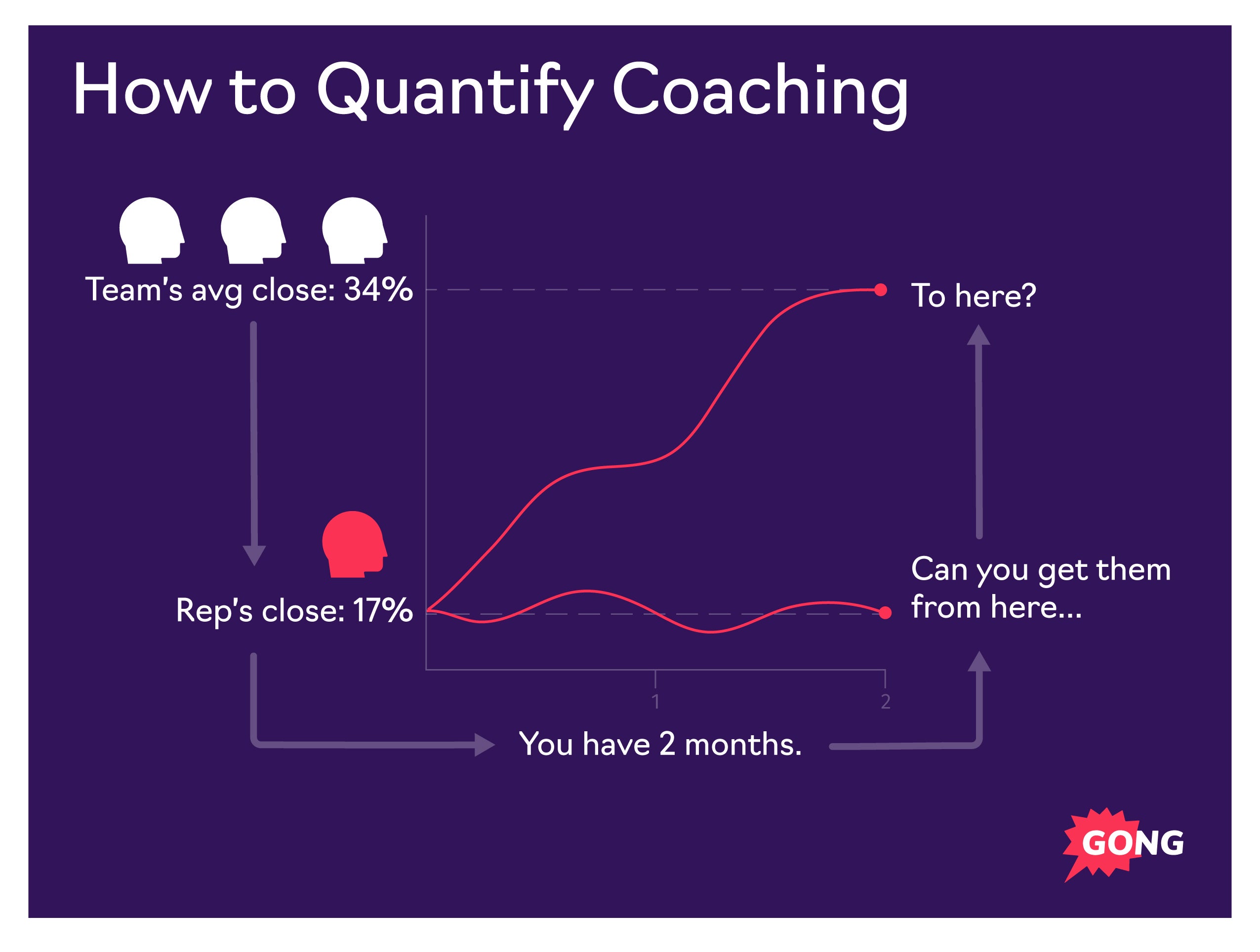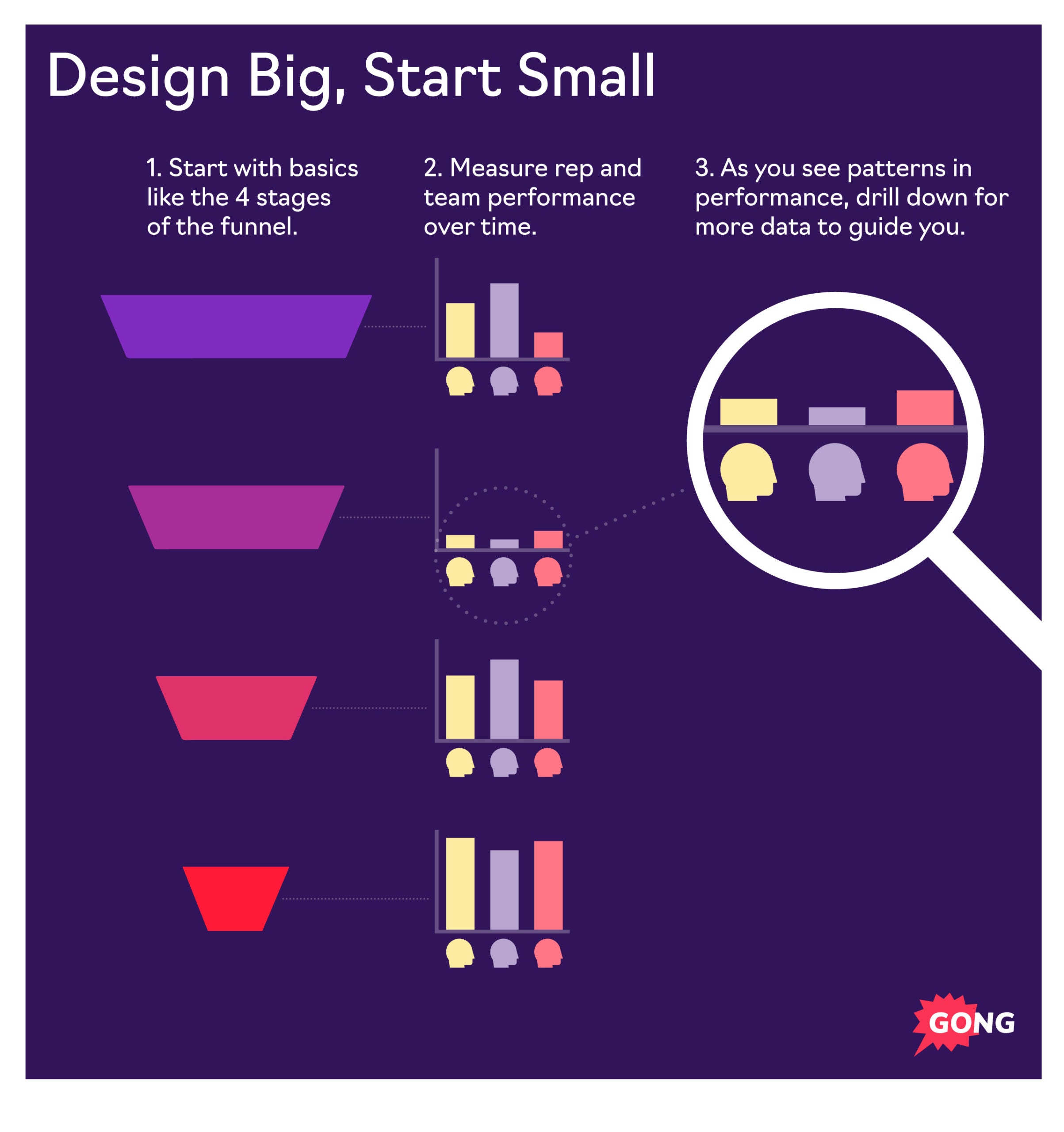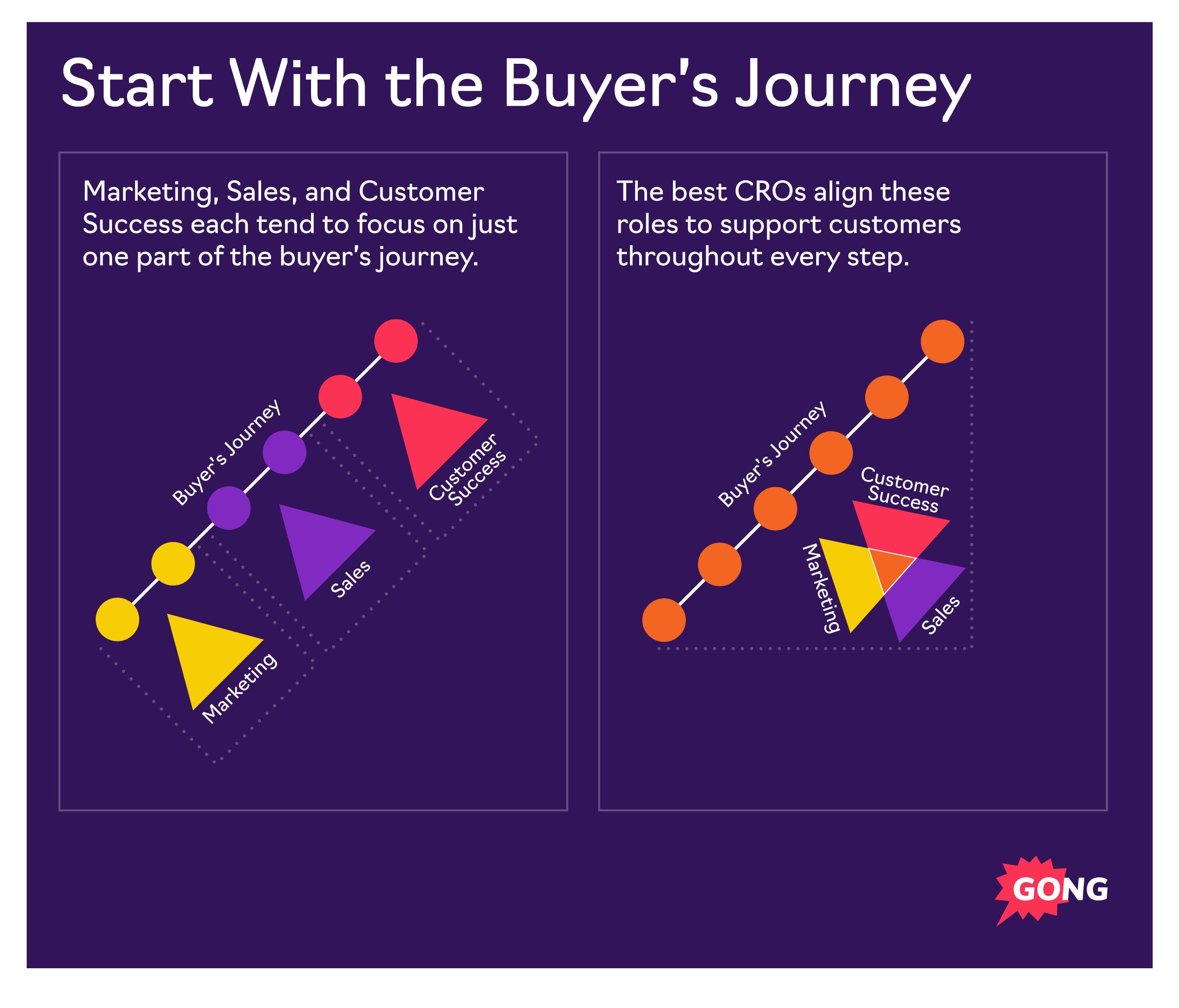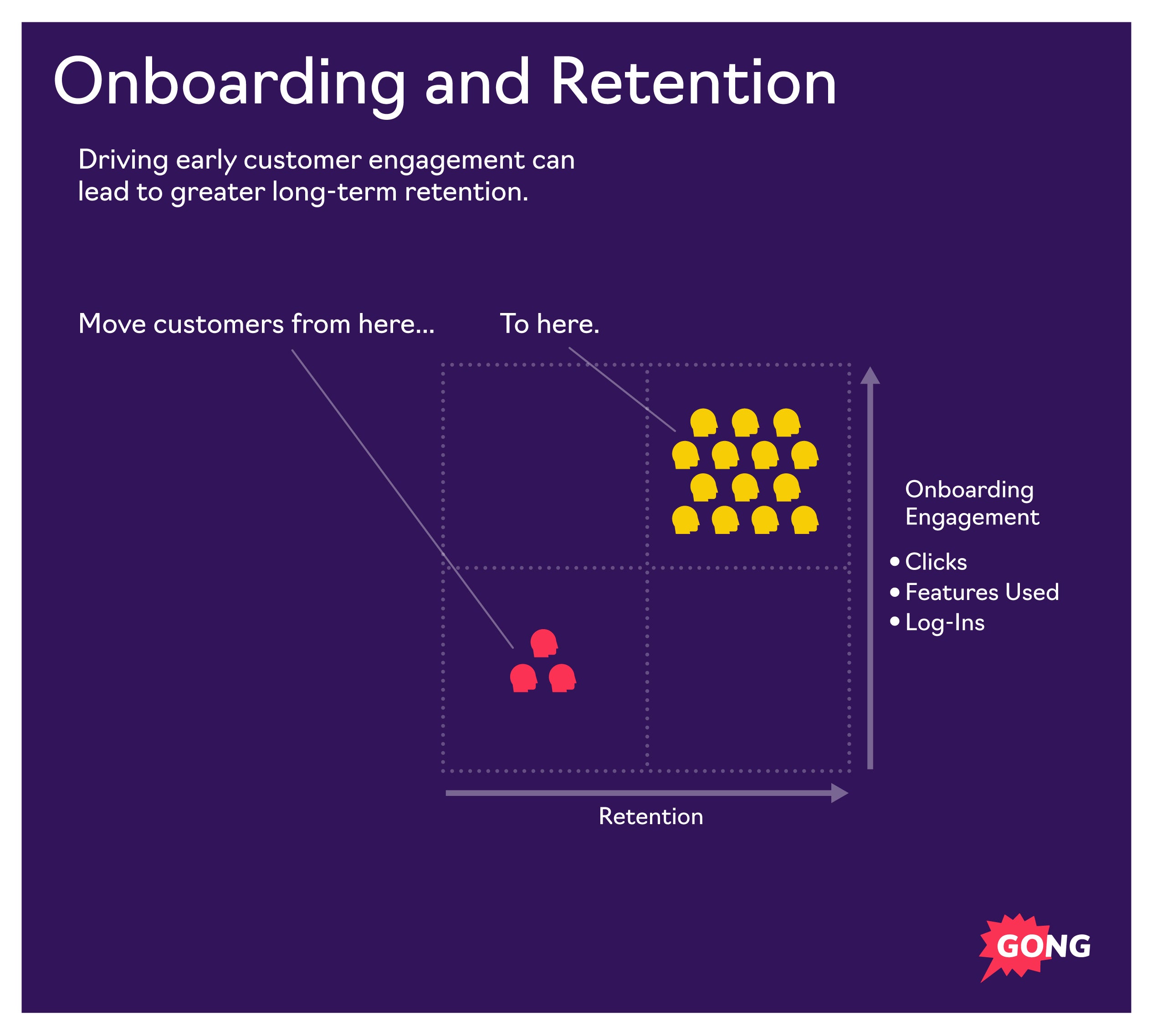Mark Roberge: How to Approach Product-Market Fit
What’s the best way to build a data-driven sales culture?
How does adding customer value impact top-line revenue?
What do world-class CROs do differently?
On a recent episode of the Reveal podcast, we connected with Mark Roberge for answers to these and other questions that are top of mind for revenue leaders.
Mark is the former CRO of Hubspot, founder of Stage2Capital, and current faculty member of Harvard Business School.
Here are the key takeaways and highlights from that episode.
Sales is Completely Quantifiable
When I coach sales leaders and CEOs, and when I go out and speak, it’s like, “Listen, we under appreciate how quantifiable sales is. Success and failure is very quantifiable. You cannot walk into a room of engineers and say, ‘that right there is my best engineer by 7%.’ You can do that in sales.”
We can quantify the effectiveness of a coach or manager. “You have a rep. Their close rate from opportunity to customer is 17%. The average of the company is 34%. Here’s how we know if you’re a good coach. I’ll give you two months—can you move the 17%?”
Granted, that could be an issue with the hire, the rep, etc. But time and time again, you have those statistical opportunities to know and quantify whether we’re a good coach.
We’ve gone from, “How do I get the data?” to, “What do I do with all this data?” And we’re still trying to figure that out.

Design Big, Start Small
You don’t come out of the gate—especially if you’re taking over a team that isn’t that data driven, or you’re starting a company from the ground up. Just start with something really basic, like four stages of the funnel. Measure it by rep over every week, every month, every quarter.
And then measure it so you can compare the reps, etc. As you build up that basic foundation, you’re going to start seeing patterns like, “Hey, is this call-to-opportunity rate low? And can we double-click in there to get more data to guide us?” As you double-click here or there, you’ll start to build out a very robust landscape.
Don’t hide in a room for six months and come out with this diamond of a dashboard. Let’s start adding incremental value.

Data Breakout—Why Startups Fail
According to Forbes and CB Insights, nine out of 10 startups fail, and the number one reason is no product-market fit. Companies in the information technology industry are at highest risk with a 63% failure rate.
Part of that is the product—the features and functionality you need to achieve product-market fit. The lesser discussed aspect of product-market fit is the market side of things. This includes things like, “Is our positioning resonating with the market? Are we going after the right personas? Are we going after the right market sector?”
Experienced operators understand the two sides of the product-market fit coin. That is why we see more and more venture capital firms bringing on operating partners that can speak to the market fit.
David Teten, partner at ff Venture Capital, has analyzed the structure of VC firms and found some interesting results. He compared traditional VC firms that are heavy on general partners and have fewer operating partners (those partners with deep experience in functional areas like marketing, business development, HR, etc.) to VC firms that have flipped that model and have invested heavily in operating partners.
He found that funds with the most developed operator models have the highest returns (above 20% IRR). Lightbank, First Round Capital, and a16z are notable examples of portfolio operators.
In summary—having operating experience on your board helps de-risk your startup and increase odds of survival, and ultimately success.
The Role of Chief Revenue Officer
It’s a title that’s getting a little more standardized. It was described as a lot of different things. I think it primarily came out of the fact that you need to better align Marketing, Sales, and Customer Success through the customer journey. And that was the job of the CEO, unless you have a CRO who can align it.
Where to Focus as a CRO
When you move into that role, just department alignment becomes critical. And you don’t see much of that when you’re a VP of Sales, when you’re a CMO, when you’re running Customer Success. It’s very clear what your function is and how to measure success. But once you get to the CRO, it’s just much more of that leadership, strategic, corporate governance perspective of, “How do you align very different roles?”
What the Best CROs Do Differently
The best CROs start with the buyer journey. What’s it feel like to be a customer? That’s when the great CROs shine.
Let’s start with [when] the customer comes to the website. What do they see? What catches their eye? If they download this, what would they want to have happen? If they do have a meeting with us, what would they want to talk about? If they sign a contract, what do they want to do next?
I joke with my students, “Don’t take my class unless you think acquiring customers is important.”

Customer Value vs Top-Line Revenue Growth
We as an entrepreneurial community over index on top-line revenue growth, and under focus on customer success, value creation, and retention. I dive in with a company pretty deep every month, and I’ve done it with like 20 of them over the years.
That’s the one pattern that I see—that either they rocket ship or they don’t—is how consistent and quickly they’re creating customer value. What can you observe in the customer’s lifecycle that if that occurs they will be a long-time customer. And if it doesn’t they will probably churn.
I think Slack did 2,000 team messages. Hubspot did five features in their platform of 25 used in the first 60 days. I think Dropbox was sharing one file in one folder with one person.
It’s unique to your value prop. But that to me is the first slide I want to see in the board deck—your attention. What percentage of your customers are getting to that moment in the first 60 days? All the first slides are revenue, but revenue is an outcome of that important foundational step. That’s the big trend that I think we need to improve as an entrepreneur community.
You can’t wait until retention or churn blows up. Churn blew up because of behavior you did a year ago. So you’ve got to catch it really early.
Leading Your Customer Success Team
You can say to Customer Success, “Your job is get revenue retention above 100%.” It’s hard for a 25-year-old CSM to conceptualize that.
But you can say, “Get them using five features on the platform in the first 60 days.” That’s so much more actionable.

Subscribe to Reveal: The Revenue Intelligence Podcast
Every week, we interview senior revenue professionals who share their insights on how they leverage revenue intelligence to drive success and win their market.
You’ll hear how modern go-to-market teams win, close revenue with critical deal insight, and execute their strategic initiatives—plus all the challenges that come along with it.
Listen now at gong.io/podcasts.
